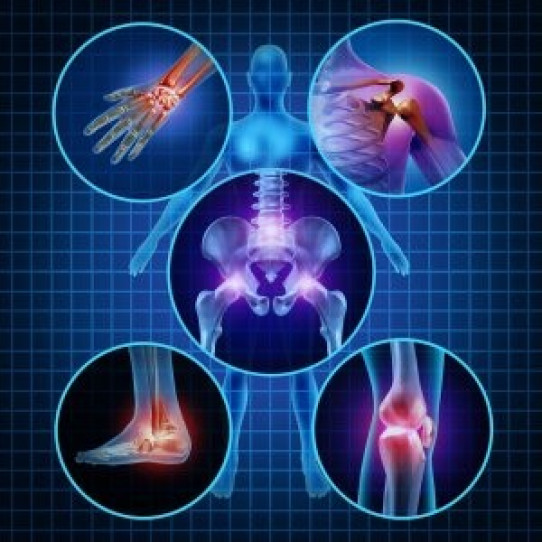Alcohol: Not Gender-Neutral
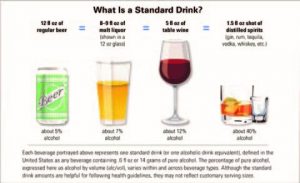
The Female Factor: Alcohol is Not Gender-aNeutral Given the growing popularity of the cocktail culture and wine time, it’s important to know that alcohol affects women very differently than men – physiologically, psychologically and socially. It’s worth asking: For women, is the wine glass half full or half empty when considering the risk-versus-benefit ratio? First,...
The post Alcohol: Not Gender-Neutral appeared first on Specialdocs Consultants.


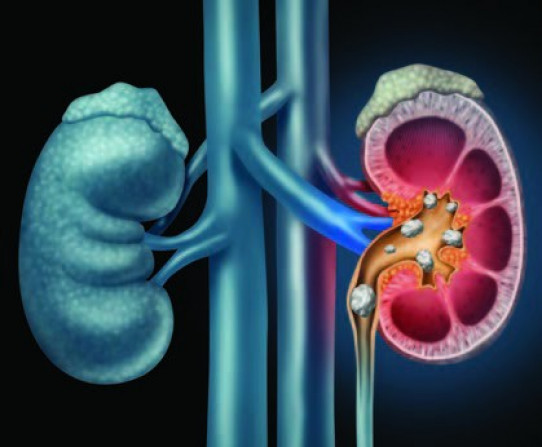
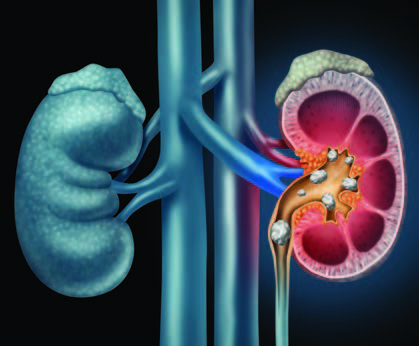

 What are the newest guidelines for measles vaccinations?
What are the newest guidelines for measles vaccinations?
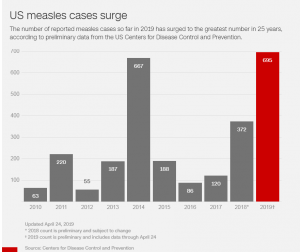 Between 2% and 5% of people do not develop measles immunity after the first dose of vaccine for a variety of reasons. The second dose is to provide another chance to develop measles immunity for people who did not respond to the first dose.
Are there any situations in which more than 2 doses of MMR are recommended?
There are two circumstances when a third dose of MMR is recommended, according to ACIP.
Between 2% and 5% of people do not develop measles immunity after the first dose of vaccine for a variety of reasons. The second dose is to provide another chance to develop measles immunity for people who did not respond to the first dose.
Are there any situations in which more than 2 doses of MMR are recommended?
There are two circumstances when a third dose of MMR is recommended, according to ACIP.
 Please explain the Advisory Committee on Immunization Practices (ACIP)’s revised definition of evidence of immunity to measles, rubella, and mumps.
In the 2013 revision of its MMR vaccine recommendations, ACIP includes laboratory confirmation of disease as evidence of immunity for measles, mumps, and rubella. ACIP removed physician diagnosis of disease as evidence of immunity for measles and mumps. Physician diagnosis was previously not accepted as evidence of immunity for rubella. The decrease in measles and mumps cases over the last 30 years has made the validity of physician-diagnosed disease questionable. In addition, documenting history from physician records is not a practical option for most adults. The 2013 MMR ACIP recommendations are available at
Please explain the Advisory Committee on Immunization Practices (ACIP)’s revised definition of evidence of immunity to measles, rubella, and mumps.
In the 2013 revision of its MMR vaccine recommendations, ACIP includes laboratory confirmation of disease as evidence of immunity for measles, mumps, and rubella. ACIP removed physician diagnosis of disease as evidence of immunity for measles and mumps. Physician diagnosis was previously not accepted as evidence of immunity for rubella. The decrease in measles and mumps cases over the last 30 years has made the validity of physician-diagnosed disease questionable. In addition, documenting history from physician records is not a practical option for most adults. The 2013 MMR ACIP recommendations are available at 




